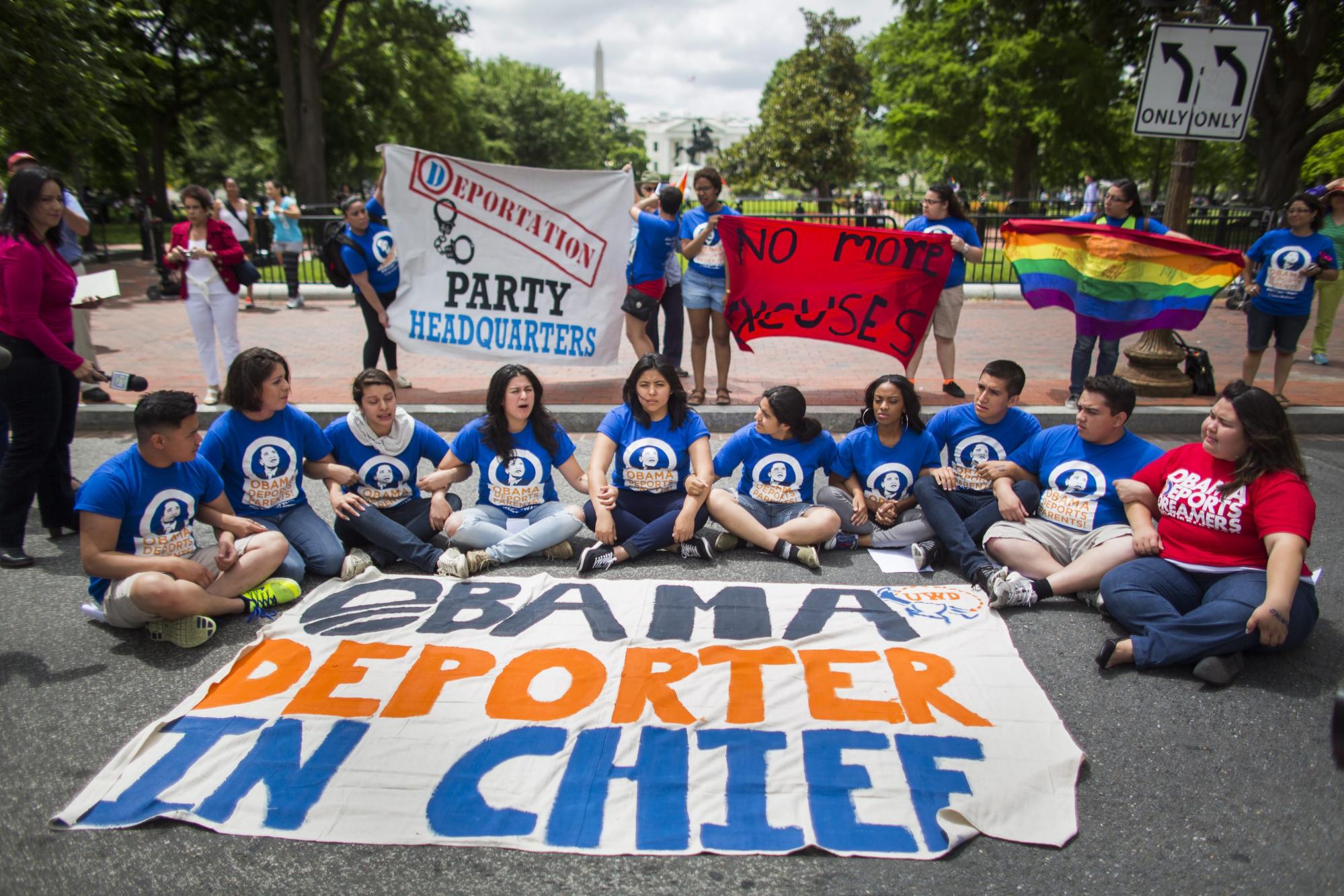In Texas, for example, illegal immigrants, in 2018, were 45 per cent less likely to be convicted of a crime than native-born Americans. And the crime and incarceration rates for legal immigrants are even lower.
Republicans often point to a 2021 US Department of Justice report showing that federal arrests of non-US citizens increased by 234 per cent between 1998 and 2018, while those of US citizens rose by only 10 per cent. But this increase was driven entirely by arrests for immigration-related offences.

If those are removed, arrest rates of non-citizens increased by only 5.1 per cent. In other words, when it comes to crimes that Americans can also be arrested for – such as theft or assault – the increase was lower for immigrants than it was for citizens.
But the other side of the debate also deserves some criticism. There is nothing necessarily xenophobic or bigoted about wanting to strengthen border security. Every country has a legitimate interest in controlling who enters its territory, just as every family has a right to decide who may enter their home. You can open your arms to your neighbours without removing the locks from your doors. This is common sense.

Industries such as construction, agriculture and hospitality consistently rely on immigrants. When these jobs go unfilled, restaurants and other small businesses serve fewer people and fewer homes are built. These outcomes translate into higher prices for Americans and lower US competitiveness vis-à-vis other economies.
Economists typically find that immigration expands overall opportunities, raises wages and lowers prices. After all, if a factory in the US cannot find workers at globally competitive wages, it will go out of business or move to a location where labour is cheaper, such as Mexico or China.
Low-wage immigrant labour not only helps to keep the factory in the US. It also means that there will be more workers paying for housing, food, healthcare and consumer goods, thus creating more jobs and raising wages for other American workers.
Like it or not, migrants rich and poor will shape our economic futures
Like it or not, migrants rich and poor will shape our economic futures
For demographic reasons, the US need for immigrant labour will only increase over time. In 2008, the US fertility rate dropped below the replacement level of 2.1 children per woman of child-bearing age. It has been falling steadily during the past decade, reaching 1.7 in 2021. Fewer births mean fewer workers in the future. An ever-smaller working population will have to support a larger retired population.
The US has long been an exception precisely because its openness to immigrants has allowed it to keep growing robustly despite falling fertility. A steady stream of mostly healthy, young, eager workers from abroad has been key to maintaining economic dynamism. When managed properly, immigration benefits immigrants and native-born citizens alike.
But proper management calls for a thoughtful, evidence-based discussion. When cooler heads prevail, it is possible both to maximise the benefits of immigration while still maintaining border security and supporting workers in sectors that immigrants may enter. If US politicians are serious about serving the American people’s interests, they will abandon the overheated rhetoric and start doing their jobs.


